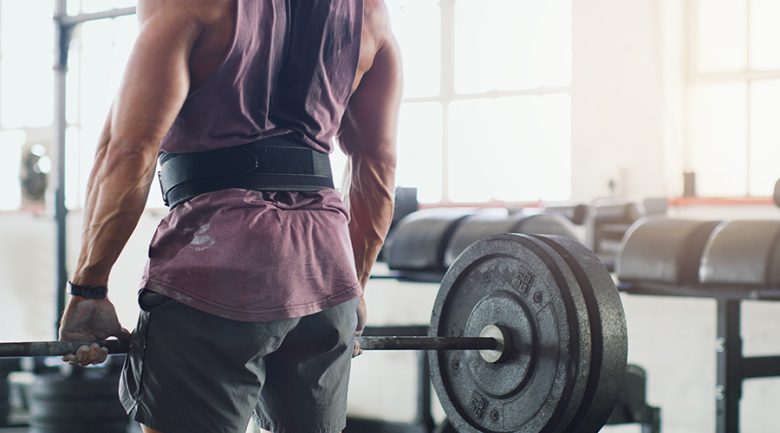No matter how motivated you may be, hurrying through your exercises or ignoring proper technique could do more harm than benefit. Fitness results are not only determined by the intensity of your exercises, but also how well you perform each movement. It doesn’t matter if you are lifting weights, doing bodyweight exercises or running. Mastering the proper form and technique will help to avoid injuries and maximize your gains. This article explains why it’s important and how to ensure that your workouts are safe and effective.
Understanding Biomechanics
Biomechanics governs every movement of the body. It is the way that muscles, bones, and ligaments work together to create motion. By using proper form during workouts, you ensure that these components are aligned optimally and reduce unnecessary pressure or strain on joints and muscles. Exercises like deadlifts and squats, for example, require a delicate balance between joint mobility and core stability to avoid damage to the lower spine or knees. Understanding your body’s movements can help you improve your performance and confidence at the gym. By educating yourself about the basics, such as alignment, ranges of motion, and movement planes, you can approach your workouts more precisely and with care.
Core Engagement
A strong, stable core is essential for almost every exercise. Not only your abs but also your obliques and transverse abdominals, as well as your lower back and hip muscles, are part of your core muscles. These muscles are the foundation of most movements, providing stability and power. You can get injured if you don’t engage your core properly. This is especially true for compound exercises such as squats and bench presses. Focus on bracing the core next time you exercise as if someone was about to punch your stomach. This will protect your spine and improve your ability to lift heavier weights or run faster. It can also help you improve your balance when doing yoga.
Common Mistakes
It’s easy to make gym mistakes, even with the best of intentions. This is especially true when you are trying out new exercises or trying to lift heavier weights. Some common mistakes include using momentum instead of controlled muscle engagement, arched backs when lifting weights, or allowing knees to cave inwards while squatting. These habits can go unnoticed at the time but lead to long-term injuries such as muscle strains, joint problems, and ligament tears. Poor posture is also a major factor in bad form. It may seem harmless to look up at the ceiling when deadlifting, but this can cause spinal misalignment. Take the time to evaluate your technique. If possible, use a mirror or get feedback from a coach.
Progressive Overload
Progressive overload is a key principle for muscle growth and strength. It involves increasing your weight, frequency, or intensity over time. In the quest for progress, gym-goers often sacrifice form in favour of heavier lifts. This increases the risk of injury. It is always better to focus on good workout form than on lifting more weight. You should reduce the intensity or weight of an exercise if you cannot perform it with the correct technique. Small, steady improvements are safer and more durable, as they ensure steady gains without injuries. It’s not a race, but a marathon.
Listen to your body
Attention to your body signals is an important skill that every fitness enthusiast or athlete should learn. Pain is the body’s signal that something’s wrong. Sharp pains, discomfort in the joints, and unnatural movements are not to be ignored. Muscle fatigue is normal. Overtraining, poor recuperation, and forcing exercise when tired can lead to bad technique, which in turn leads to injuries. Take the time to evaluate your movements and rest or modify your workout if you feel off. Consistency and smart exercise choices are more important than exhausting yourself.
Find the Right Balance
A balanced fitness approach is essential to avoiding injuries and maximising gains. It is important to not only focus on the correct form when working out but also include nutrition, mobility training, and adequate recovery in your workout routine. Foam rolling and stretching, for example, can improve flexibility and relieve muscular tension. This allows for better movement when working out. Providing your muscles with the right nutrients will also help them recover and grow. Balance is the key. Overworking any aspect of fitness can lead to diminishing results.
Build Strength the Right way
Anyone who is serious about fitness will not compromise on the importance of proper form and technique. These tools are essential for a consistent and sustainable progression. You can maximise your workout sessions by understanding biomechanics and engaging your core. It’s not only about working hard, but also about working smart. Use these principles to build a strong body and a fitness regimen you can continue for many years.
FAQs
1. How can I determine if my form of exercise is correct?
You can ensure that you are using the correct form by using a reflective surface, recording your exercise, or asking for feedback from an experienced trainer. Online tutorials and fitness classes are also helpful.
2. Do I require a strong core to perform every exercise?
A strong core is essential for maintaining good posture and stability when performing nearly any exercise, be it lifting weights, running, or doing bodyweight exercises.
3. What should I do when I feel pain while exercising?
If you experience sharp pain or any other unusual sensation, stop immediately. Evaluate your form and exercise intensity. Consult a healthcare professional or fitness expert if the pain persists.
4. How often should I concentrate on progressive overloading?
Your fitness level and your goals will determine how often you should increase the intensity, weight, or repetitions. Prioritise form over speed.
5. Can bad form be corrected?
Absolutely! Conscious effort and consistency are required to change bad habits. Start off with lighter weights and pay attention to your movements. You may also want to hire a personal trainer.




